:format(jpeg))
Modern lighting concepts for the catering trade
In the restaurant, good food and modern gastronomic design come together to create a successful evening. A professional lighting concept creates an ambience that invites you to linger and return. A sophisticated mix of direct and indirect lighting is used for the restaurant lighting.
Areas of usage
:format(jpeg))
Flicker-free, pleasant light is used in the guest area of the restaurant to create privacy in the public area. Selected light colours and intensities also set the perfect scene for the dishes. Lights.co.uk Professional recommends colour rendering values of at least Ra 90 and illuminances of around 200 lux. In addition, the lighting in the restaurant - if dimmable - is optimally prepared for changing scenarios such as parties.
:format(jpeg))
Especially in bars and cafés, the first contact with the guest is established and communicated at the bar and counter. LED trunking lights are an example of an illumination that is engaging from the outset. Either on the underside of the worktop, in a recess in the lower part of the counter or behind translucent materials such as opal glass or acrylic glass.
:format(jpeg))
Attractive exterior lighting is an integral part of the restaurant's lighting concept, as it is the first thing a guest notices. As a rule, guests also decide whether a restaurant is worth a visit based on their external impression. Among other things, path lights also provide more safety for guests and staff.
:format(jpeg))
The exterior lighting of the restaurant reflects the identity of the interior. Plain building façades can be visually enhanced with design-orientated catering lighting. We also recommend lights made of stainless steel, which can withstand extreme weather conditions and are corrosion-resistant and easy to clean.
:format(jpeg))
The lights in the kitchen are exposed to hot grease, vapours and high temperatures. Moisture-proof lights with IP code IP54 are therefore the minimum. For convenient use of the lighting, we recommend group-switchable and dimmable lights and a colour rendering of Ra ≥ 90 for perfect food preparation.
:format(jpeg))
Guest toilets are essential for catering establishments that serve alcoholic beverages, are larger than 50 m² and/or have more than 50 seats. Functional bathroom lighting in the restaurant's toilet area also ensures that guests are completely satisfied in this area.
Our recommendations
:format(jpeg))
As with any public or commercial location, clearly defined regulations also apply to lighting in the catering industry to ensure that guests and employees can stay there safely. The workplace regulations A 3.4 and DIN EN 12464-1 are important. These are recommended for lighting in the restaurant:
- 100 lux: Corridors
- 200 lux: entrance, dining room, toilets
- 300 lux: cash desk and buffet
In pubs and bars, illuminance below 100 lux is part of the concept. This makes it clear that the right lighting in the catering industry cannot be calculated using formulas, but is designed as an overall lighting concept that reflects the identity of the restaurant.
A general rule: the higher the rooms, the higher the mounting of the lights and the more powerful and numerous the light sources.
:format(jpeg))
Restaurant lamps ideally have a CRI > 90 to make food look delicious. A cosy colour temperature of 1,200 - 2,700 Kelvin underlines the feel-good ambience in the catering area. A highly dynamic light image that guides the eye is particularly appealing and pleasing to the eye. One example is a strikingly illuminated bar back wall and a discreet seating and lounge area.
Lighting design for catering & restaurants
Lights.co.uk Professional has been working very closely with the coffee house chain "Coffee Fellows" for several years. Even in smaller cafés, as can be seen here in Braunschweig for example, professional lighting design creates an atmospheric ambience and cosiness.
:format(jpeg))
Lighting for a 2 in 1 café + shop solution
:format(jpeg))
Modern lighting solutions for cosiness
















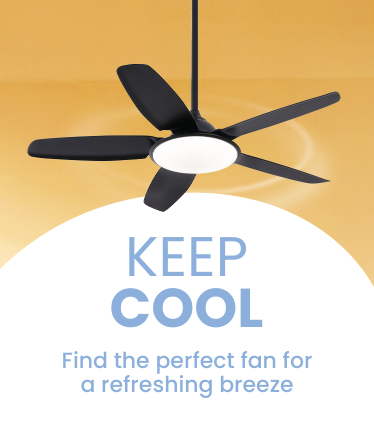


























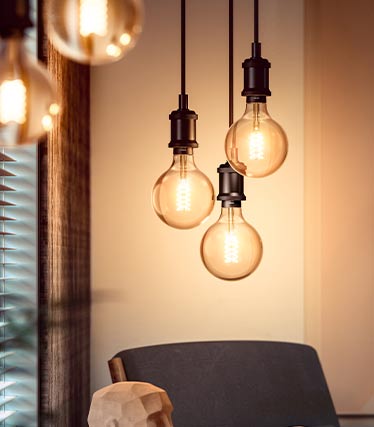








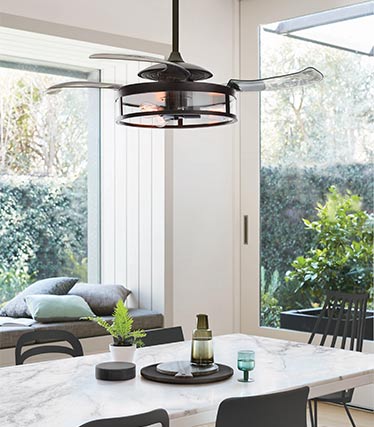

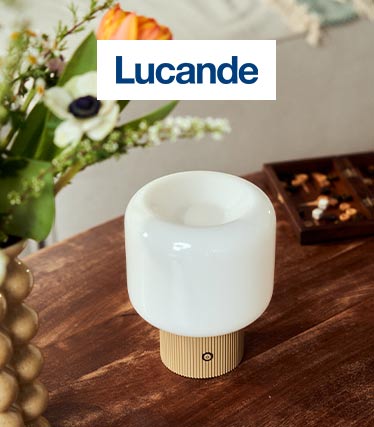




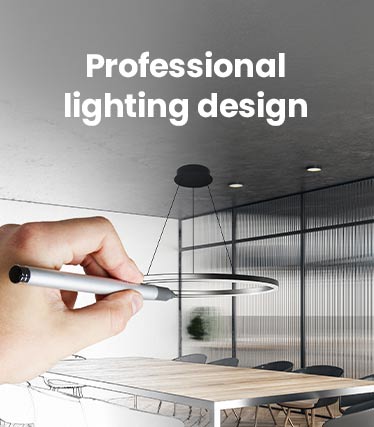




:format(jpeg))
:format(jpeg))
:format(jpeg))
:format(jpeg))
:format(jpeg))
:format(jpeg))
:format(jpeg))
:format(jpeg))
:format(jpeg))
:format(jpeg))